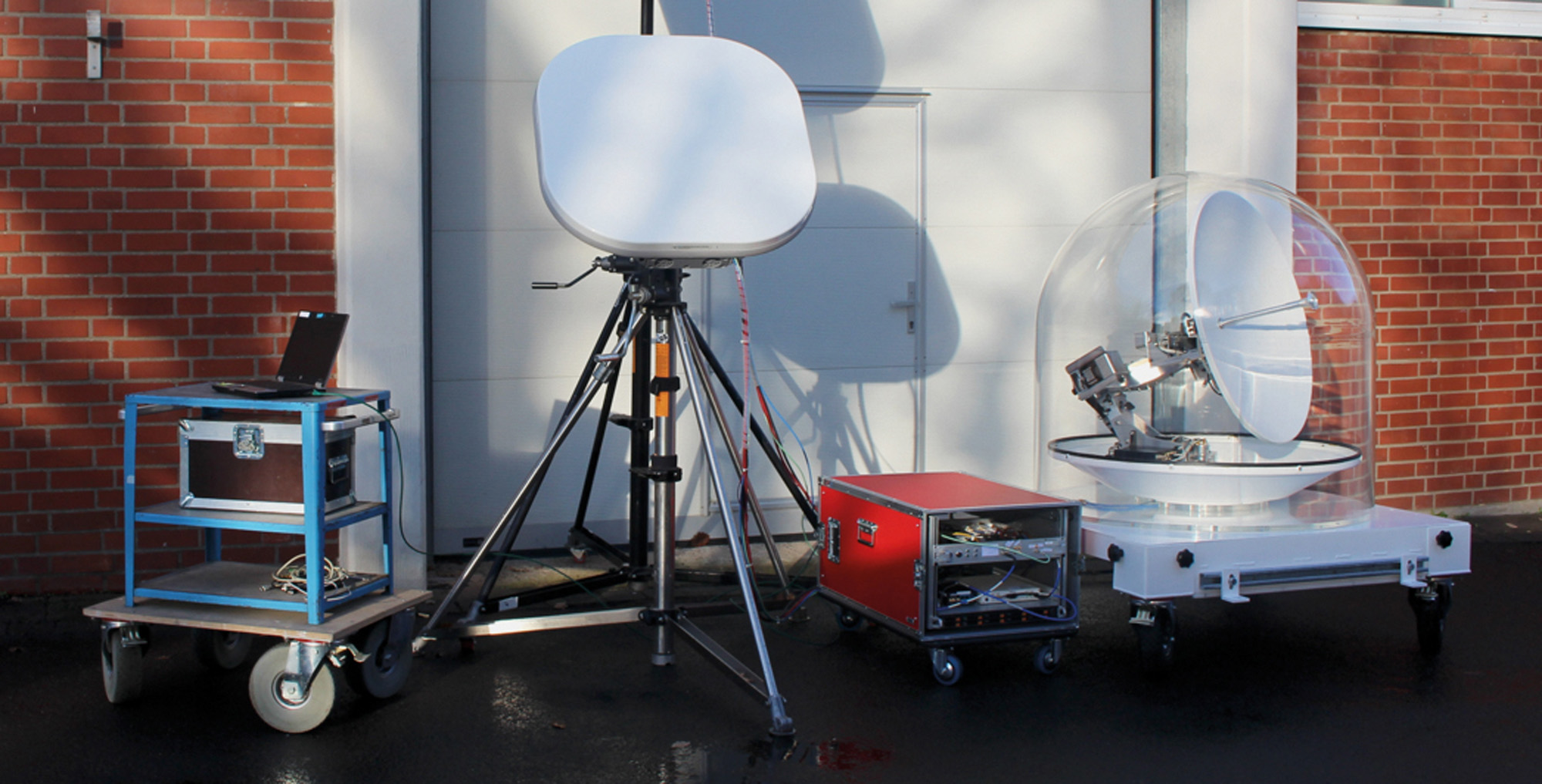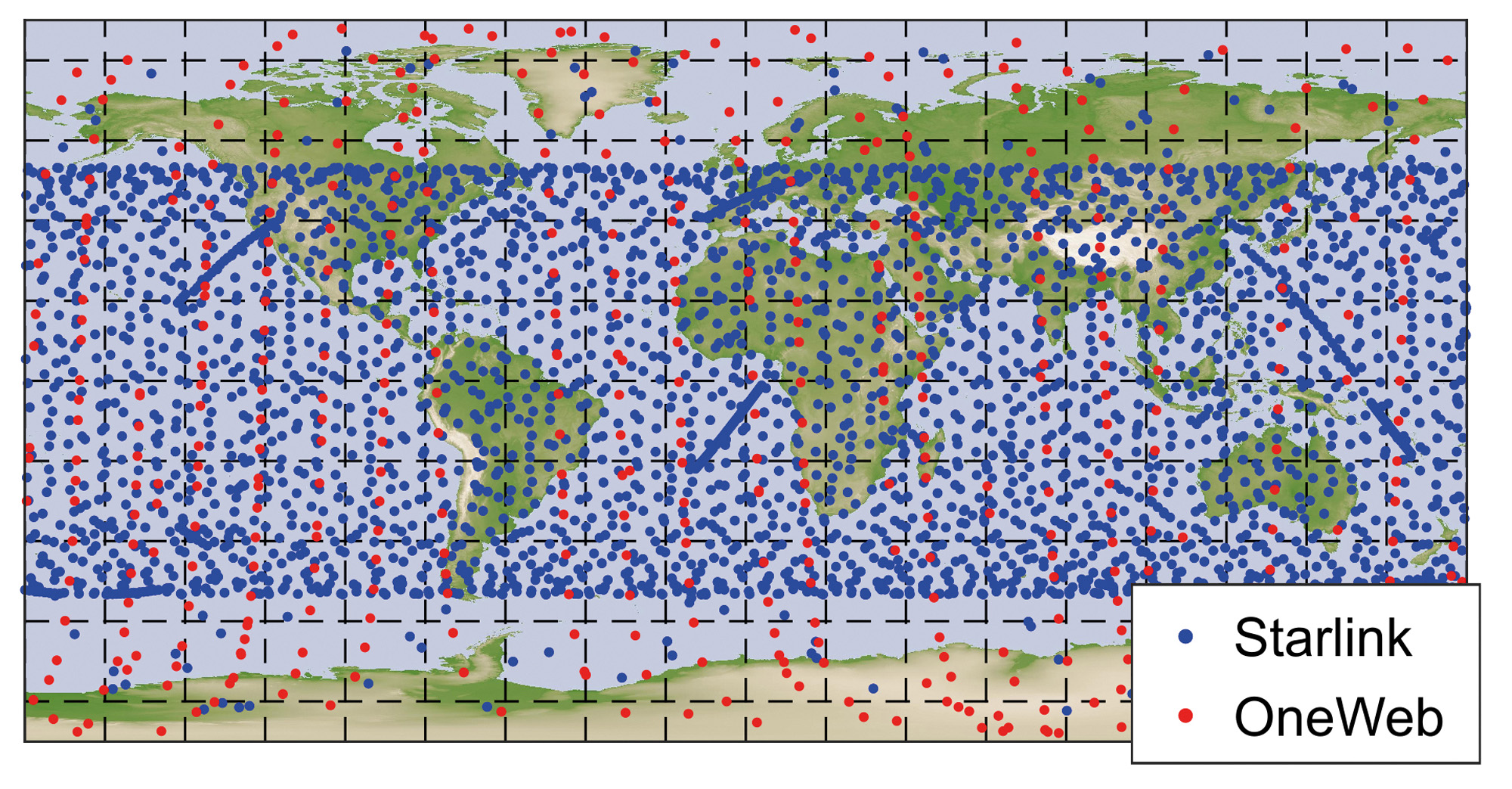Remote sensing and target acquisition with Starlink satellites


Passive radar systems offer numerous advantages. A new ground passive radar from Fraunhofer FHR uses a combination of satellite television signals and signals from Starlink satellites - enabling spectrum- and energy-efficient remote sensing.
Remote sensing - globally and permanently, without transmitting a signal? This is possible with a passive radar system that researchers at Fraunhofer FHR have developed. Unlike active radars, it does not emit radar beams that are reflected off an object back to the receiver, but uses beams that are already present. The advantage is that the system is energy-efficient and requires fewer components. A license as for active radar is also unnecessary - the system may simply be set up and thus offers great flexibility. Away from civilian applications, it offers another advantage: since the system itself does not emit radar beams, it is difficult to detect and therefore cannot be easily disturbed by interference radiation.
Radar images for remote sensing
While the precursor model SABBIA 2.0 from Fraunhofer FHR used radiation from geostationary television satellites, the researchers are expanding the possibilities even further with the current prototype. They combine the television signals with those sent to Earth by the Starlink satellites. In this way, not only can objects such as airplanes and the like be detected, but radar images can also be recorded for remote sensing. Due to the large number of Starlink satellites - at the end of 2022, there were already 3376, and the trend is rising rapidly - continuous imaging is possible. As soon as one satellite disappears on the horizon, a new one appears. This is important not only when it comes to remote sensing. The combination of both satellite signals also improves localization capabilities and classification. Finally, the object can be »illuminated« from different directions, so areas become visible that would be shadowed if there were only one transmitter. Because of the large number of Starlink satellites, the radar can also be operated in areas of the Earth that are not reached by television signals, such as Antarctica.
Currently, the prototype includes only one receiver - so the system can pick up either the signals from a geostationary television satellite or those from a Starlink satellite. In a further step, however, the researchers want to interconnect several receivers. The hardware itself has been completed, and the team is currently working on signal processing and optimizing the information they receive via the two types of satellites.